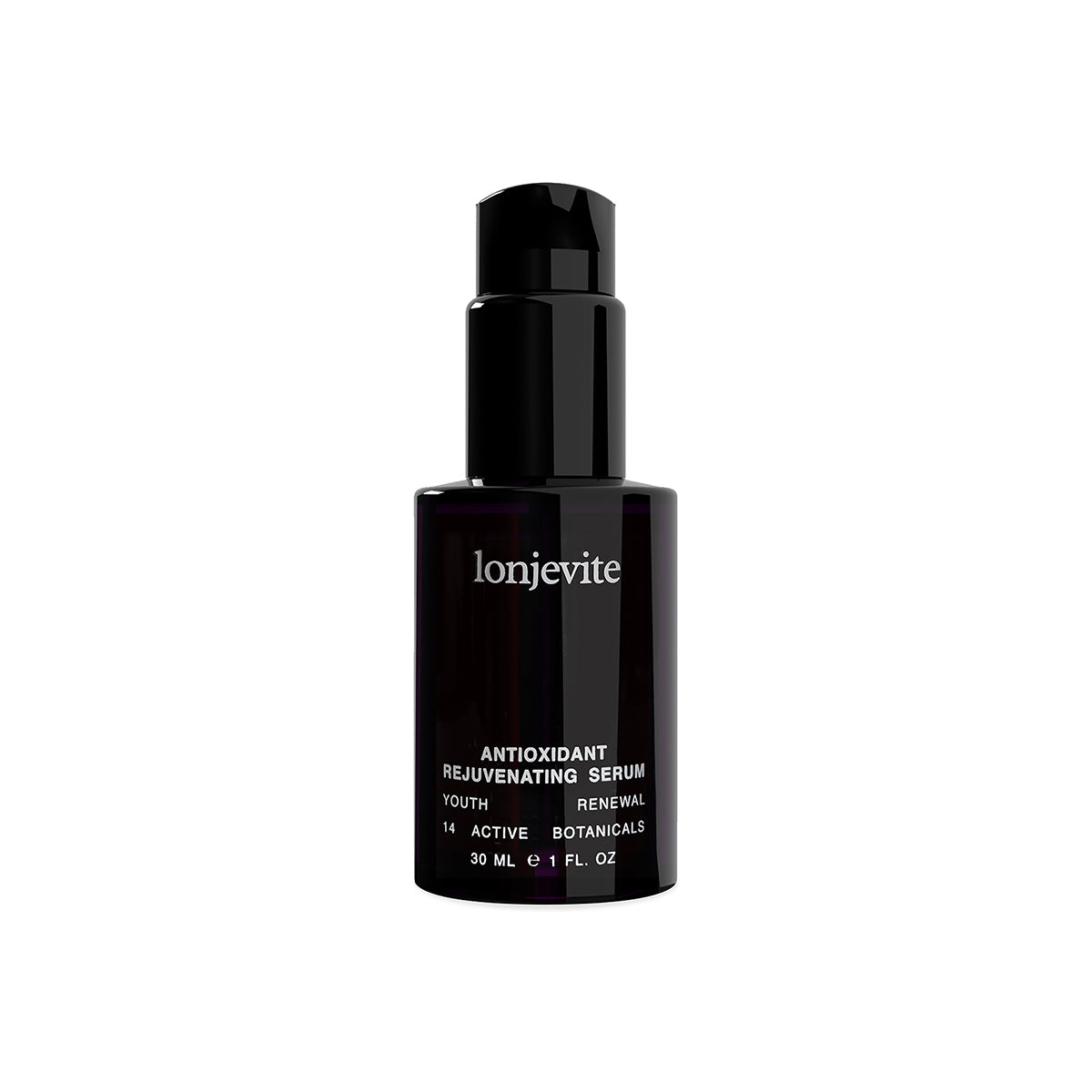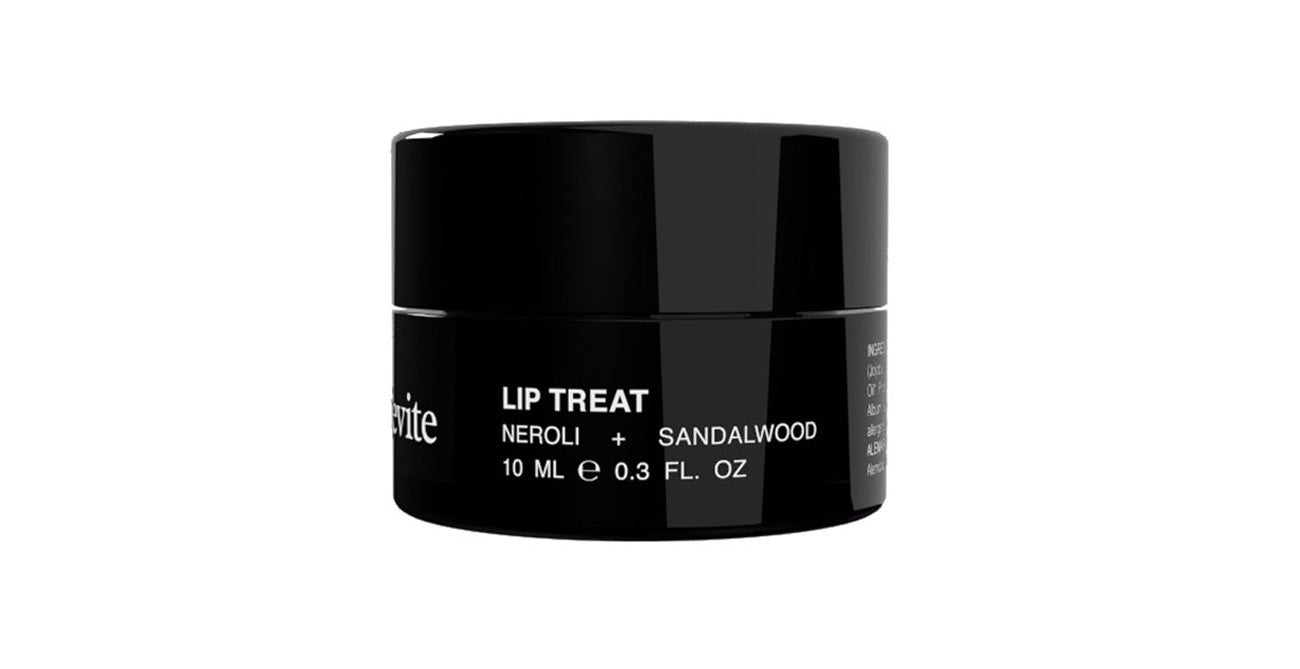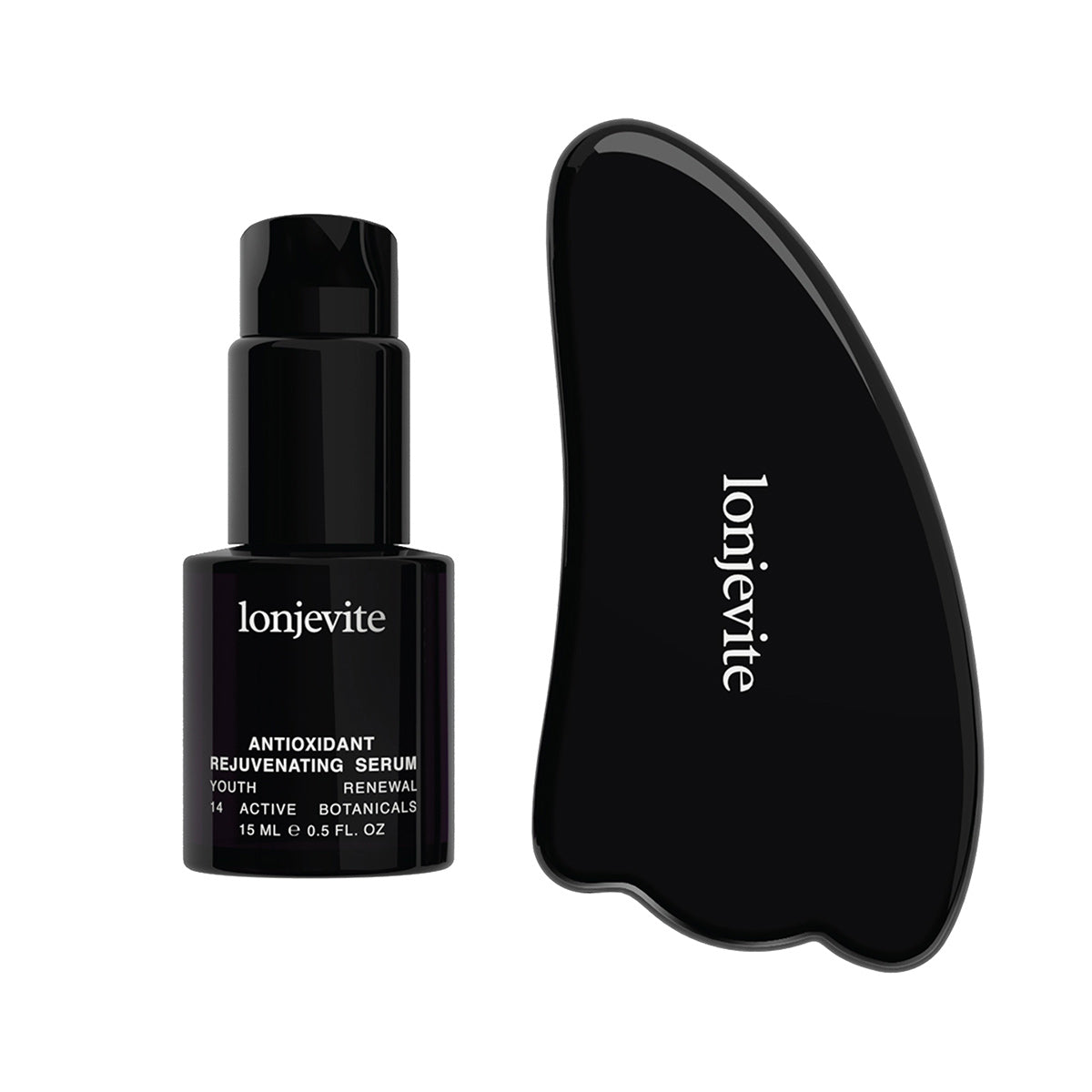The likelihood of consumers recycling cosmetic packaging is much lower compared to food and beverage packaging. According to Zero Waste Week, the cosmetic industry generates approximately 120 billion units of packaging waste each year. The widespread use of non-recyclable packaging has become an environmental issue for the health and beauty industry. To address this problem, leading cosmetic brands are developing sustainability strategies to make their plastic packaging reusable or recyclable. Environmentally friendly alternatives such as glass, bamboo, or bioplastics exist, but these materials are often more expensive. Therefore, significant changes are necessary for cosmetic companies that produce large quantities daily to consider these alternatives. Is it truly a sustainable approach for these brands in the rapidly growing natural cosmetics sector to launch products labeled as "natural" but packaged in environmentally unfriendly materials?
The demand from consumers for eco-friendly, natural products, and sustainable packaging is leading brands to seek different solutions to gain a competitive advantage. Recently, sustainability strategies implemented by brands have gained importance alongside product quality and appearance. As a result, consumers have started following policies that meet their expectations and making purchasing decisions based on a brand's reliability. Alongside manufacturers and customers seeking solutions for environmental pollution and waste management, the sector's detrimental practices are gradually changing, and important steps are being taken toward a sustainable future.
At Lonjevite, we embrace the concept of sustainability in our skincare products, from production to waste management, by offering 100% natural and eco-friendly solutions. We prefer glass bottles, which require less energy for recycling compared to plastic. By using biophotonic glass, we aim to reduce waste and provide a better option that preserves product quality for a longer time than other glass packaging.






